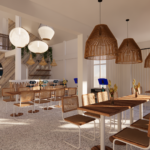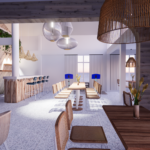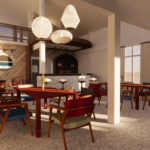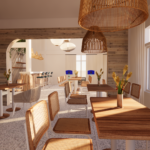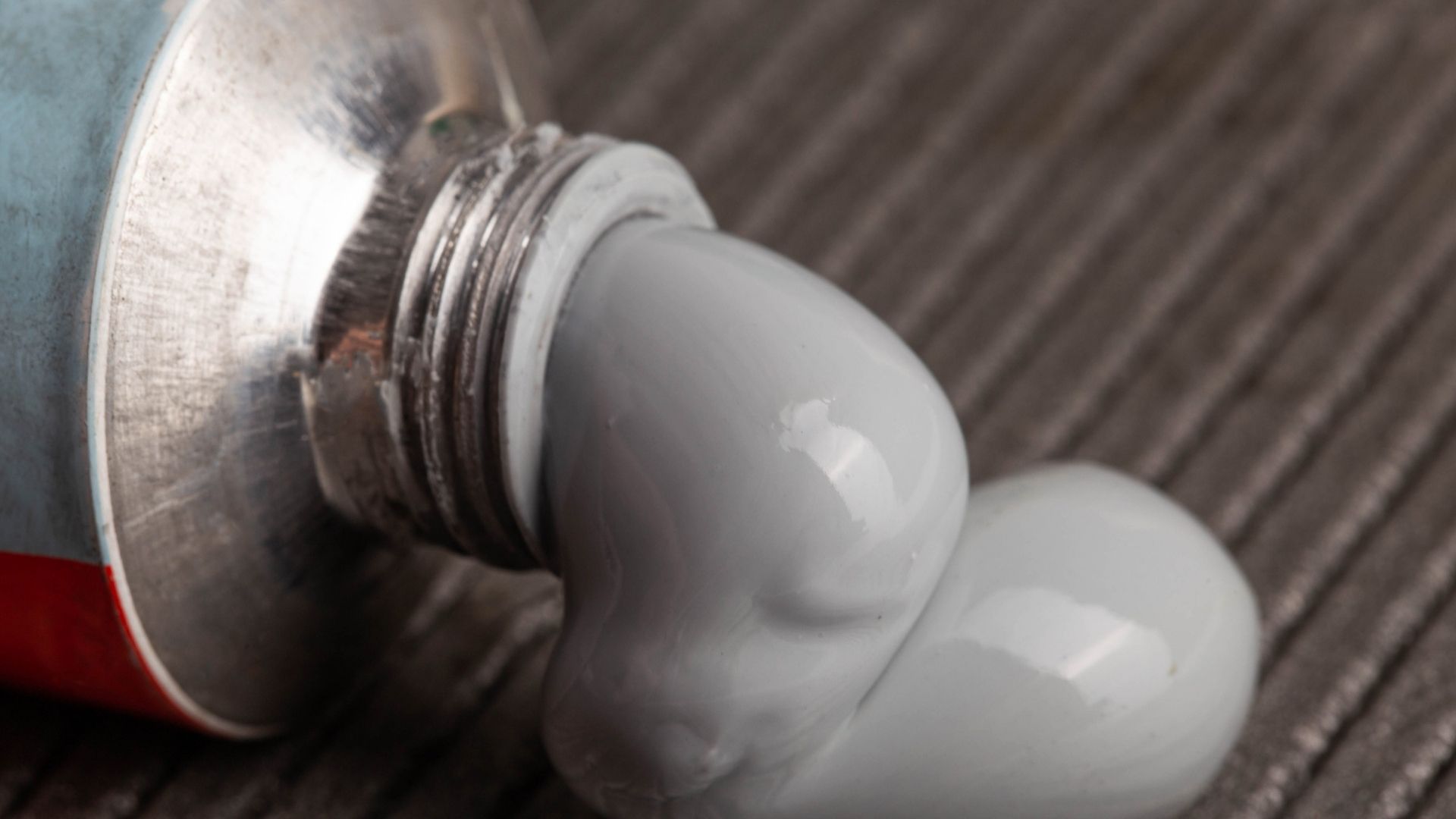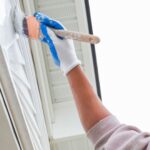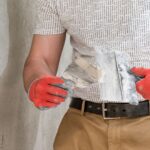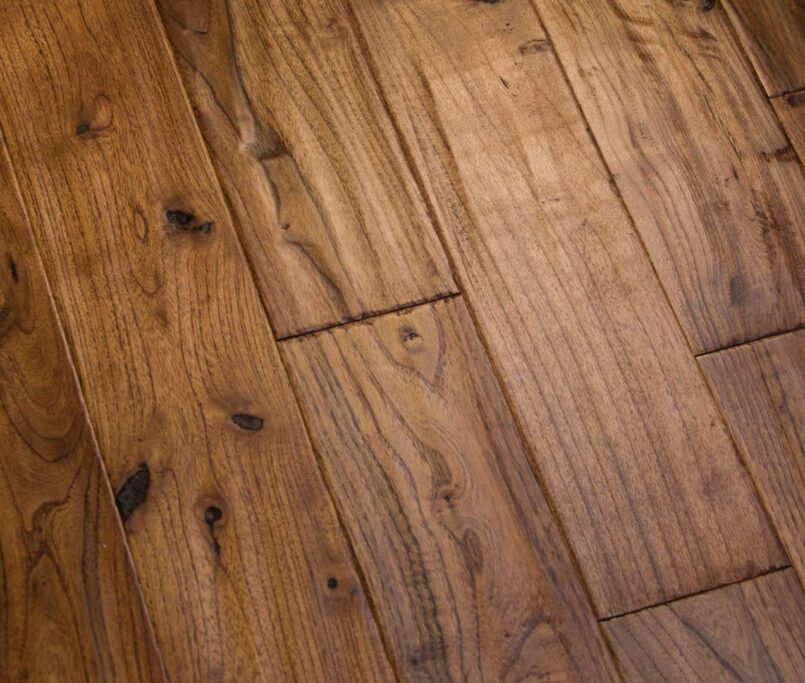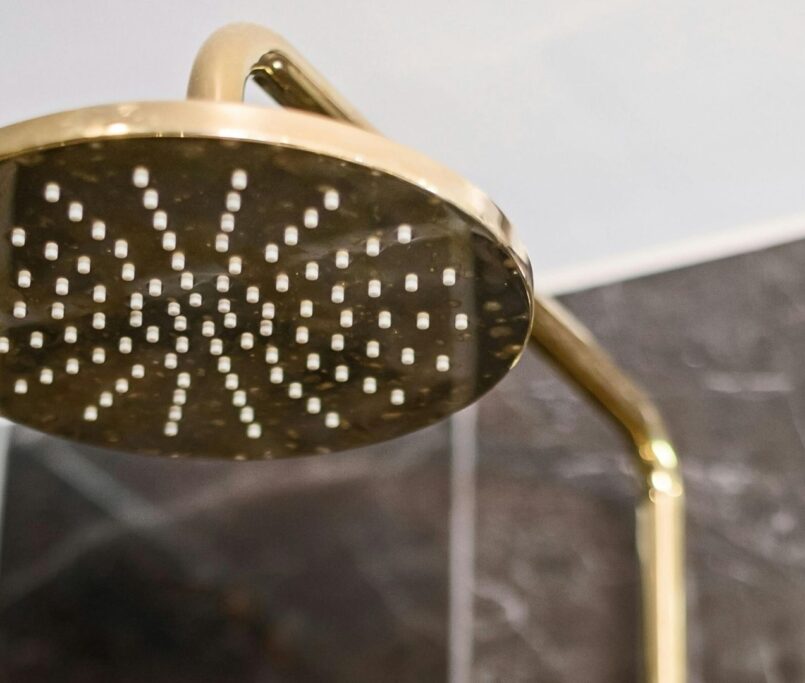In Phuket’s tropical monsoon climate, where high humidity, intense UV exposure, and salt-laden air challenge building materials, acrylic sealants are a practical, low-toxicity solution for interior and semi-exposed joints. When specified and applied correctly, they preserve the integrity of tiled and rendered surfaces in bathrooms, kitchens, and shaded outdoor zones, ensuring long-term resilience even in demanding coastal conditions.
The Role of Acrylic Sealants in Tropical Construction
Acrylic sealants, being water-based and low-odour, excel in non-structural joints where aesthetics, paintability, and ease of maintenance are priorities. They bond effectively to concrete, render, tile edges, and painted surfaces, making them the right choice for villas where concealed sealing supports a seamless design language.
In high-humidity interiors such as ensuites and kitchen splashbacks, acrylics outperform general-purpose silicones by resisting mild fungal growth and salt staining. For shaded exterior applications (soffits, balcony edges, or concealed perimeter joints) they provide reliable flexibility without the shrinkage or cracking common in solvent-based alternatives.
However, acrylic sealants are not suitable for structural movement joints or permanently submerged areas, where polyurethane or hybrid sealants are recommended.
Application Best Practices for Phuket’s Climate
Sealant performance hinges on meticulous application. Substrates must be clean, stable, and free from dust or moisture. Use primers on porous surfaces like bare render or cement board to enhance adhesion. Application should avoid direct sunlight and peak afternoon humidity to prevent compromised curing.
Apply acrylic sealants with steady pressure, tooling for uniformity and adhesion. Poor technique often causes microgaps or inconsistent curing, leading to premature failure, especially critical in monsoon-prone Phuket where water intrusion exploits the smallest voids.
Typical joint widths for interiors are around 5 mm, with a single tube covering multiple metres when applied correctly. Allow at least 24 hours of dry conditions post-application for full bond strength.
Comparing Sealant Options and Strategic Use
Acrylic sealants offer advantages over silicones, which can yellow and lose adhesion under prolonged UV exposure. Unlike polyurethane sealants, acrylics accept paint, enabling seamless overcoating and aesthetic integration.
For budget-conscious projects or where repainting is anticipated, acrylics provide cost-effective, easy application and maintenance. For exposed structural joints or areas subject to significant movement, elastomeric sealants outperform acrylics in flexibility and durability.
A hybrid approach often works best: use acrylics for interior finishes and low-stress joints, reserving high-performance elastomerics for expansion joints and fully exposed locations.
What to Specify for Tropical Longevity
Not all acrylic sealants are created equal. Select products explicitly formulated for UV and mildew resistance, ideally referencing ASTM standards for weathering and adhesion. Ensure contractors or tilers have experience with tropical conditions, as application technique profoundly impacts longevity.
Final Thoughts on Acrylic Sealants in Phuket Villas
Though often overlooked, acrylic sealants play a vital role in the durability and finish of tropical villas. When thoughtfully specified and expertly applied, they provide flexible, paintable protection with a modest environmental footprint which is crucial in Phuket’s challenging coastal climate.
For more tropical detailing strategies and climate-aware material guidance, visit our blog or follow our sister channel on YouTube for practical, site-proven insights. Contact us to discuss your architectural needs and ensure your project withstands the test of tropical time.


